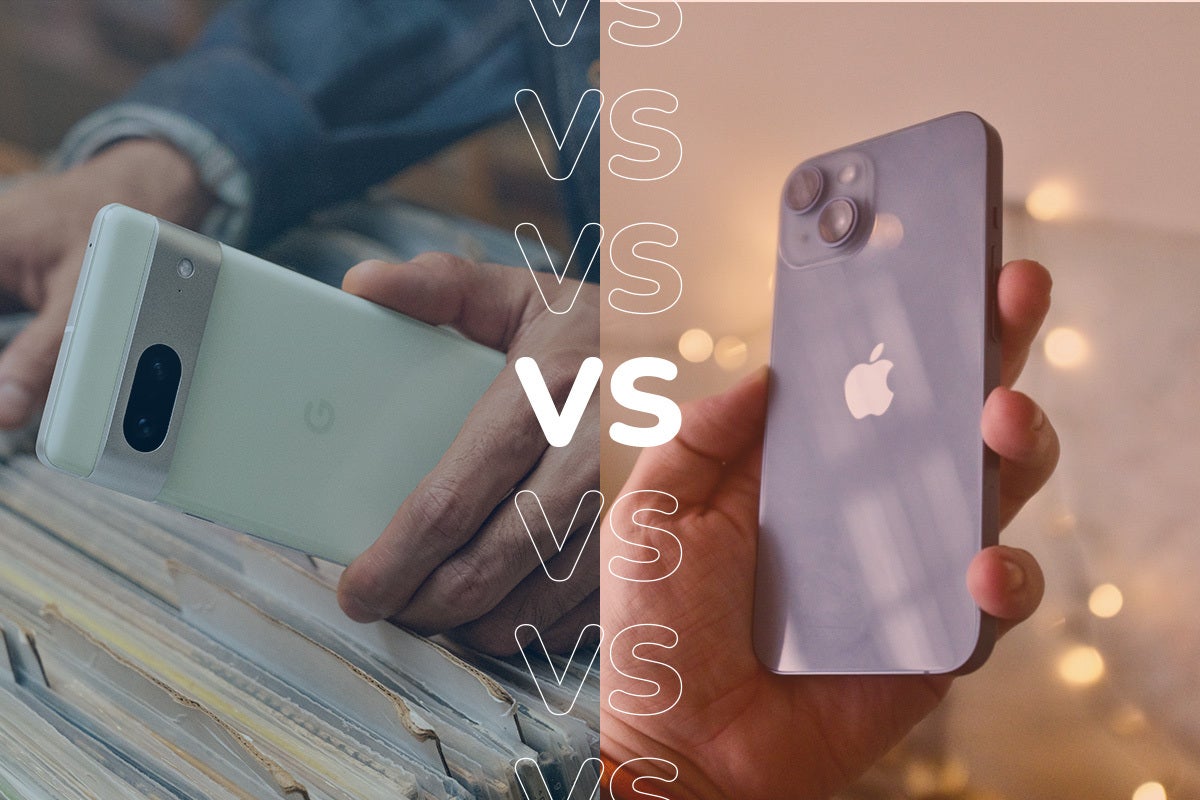Google Pixel 7 vs Pixel 6: Which one is the best buy?
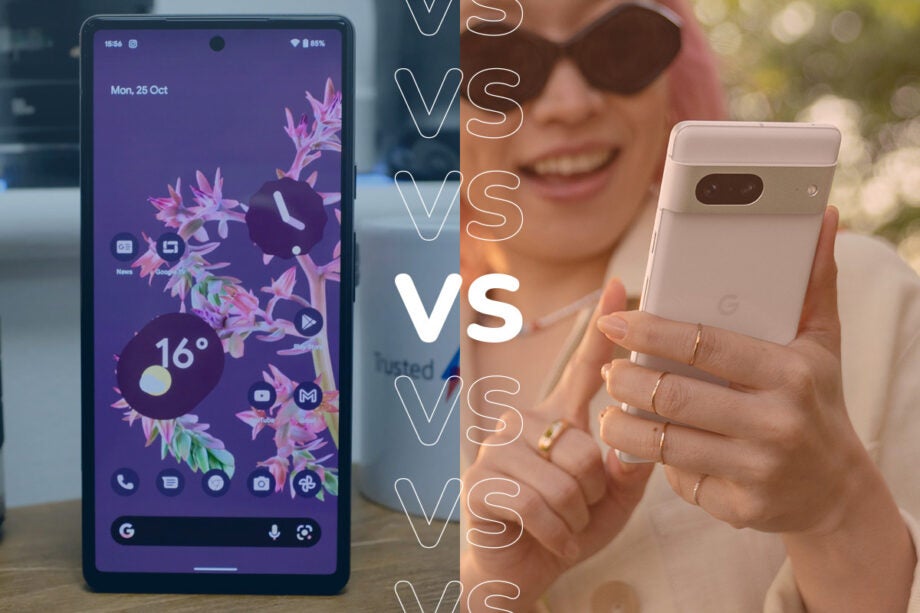
Is Google’s new smartphone a big upgrade over its last iteration, or are there slim pickings when it comes to finding big differences? Here’s our summary of the two phones, based on our own reviews.
Google’s range of smartphones has seen a big revamp over the past couple of years. Starting with the Pixel 6, they now boast Google’s own brand chipsets, and have a striking new design language.
But does the Pixel 7 represent a big improvement over its predecessor, or does it just take a baby step forward? read on to find out our verdict, where we consider key qualities such as the performance, battery life, camera, and more.
Design
The Pixel 6 brought with it a completely new design, with a large black bar spread across the rear which houses the camera lenses.
This is complemented by a glossy rear panel (though we’d have preferred a matte finish), and it has a 100% recycled aluminium framing. The device is well-sized enough to easily slide into pockets and handbags, and it’s robust too, with an IP68 rating for water and dust resistance.
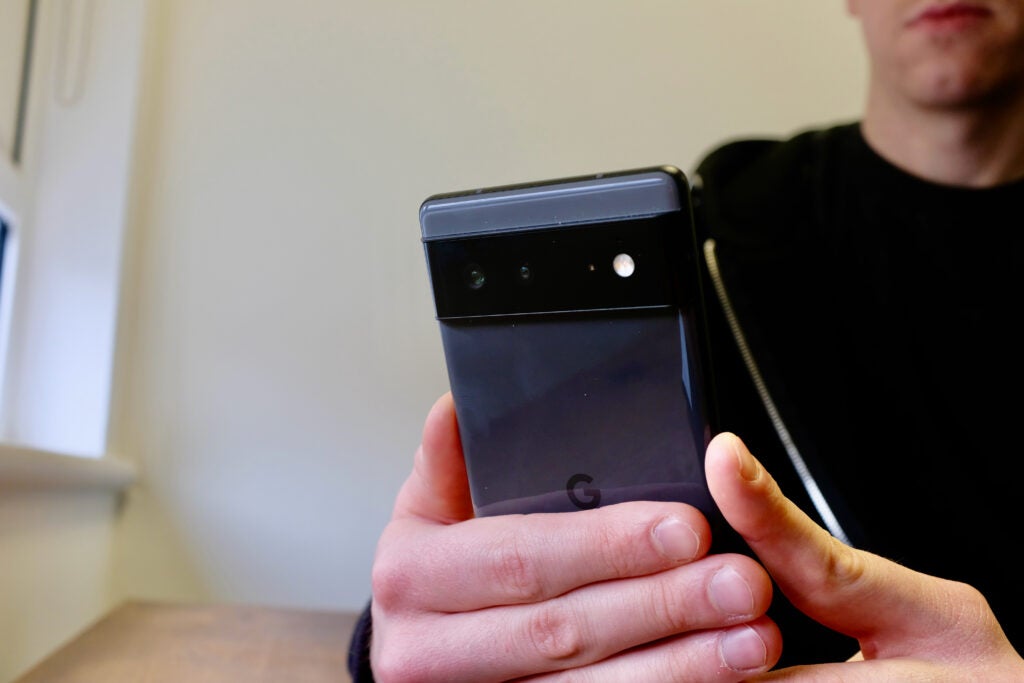
We felt that the Pixel 7 improved on this style at least visually, thanks to giving the camera bar a metallic sheen which looks a bit more premium. However, we still found a problem with this, as it tended to act as a shelf for dust, and could snag on our pockets too due to its sharp edges. We were reassured by the fact the Pixel 7 retains the IP68 rating.
Overall, both phones look distinctive and stand out a little compared to their rivals. While we slightly prefer the looks of the Pixel 7, ultimately this will be a question of your own tastes.
Screen
The screens of the Pixel 6 and Pixel 7 share a lot of similarities. While there’s a slight difference in size (6.3-inches to 6.4-inches), the panels are otherwise hard to distinguish, with both of them being OLED, having a 1080p resolution, and a maximum 90Hz refresh rate.
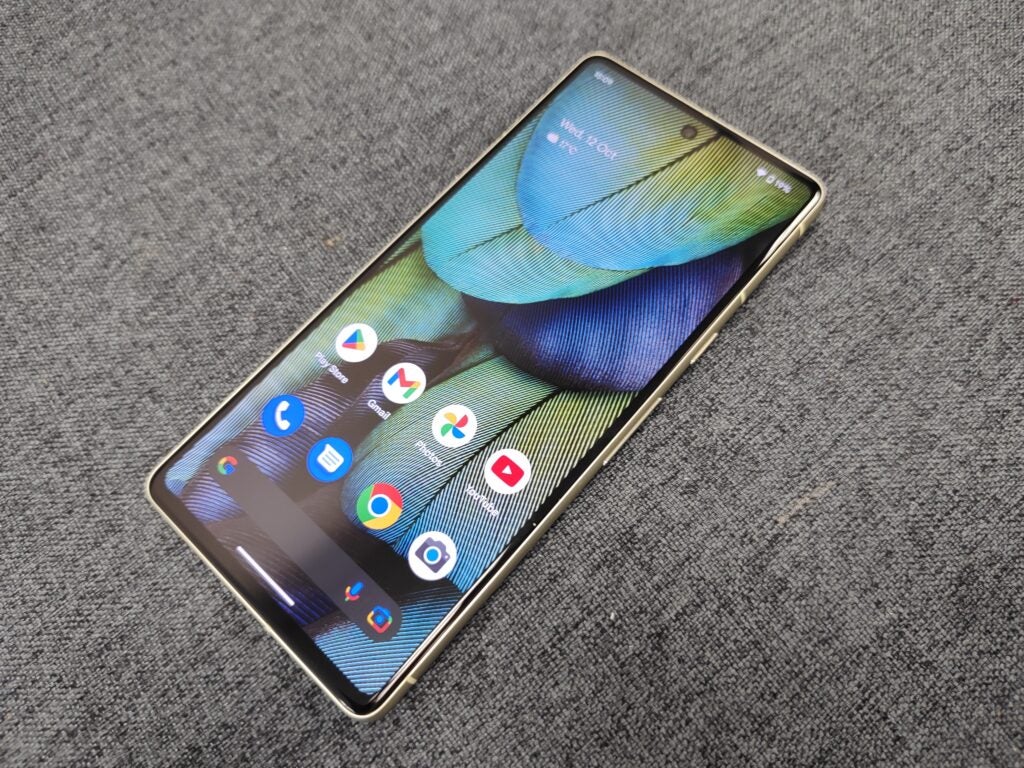
There’s really not much to choose between the two, with us deciding that both are more than adequate for the price though nothing particularly special. If a screen is your priority then maybe look towards the likes of the OnePlus 10T or the Nothing Phone (1), but otherwise then both Pixels should do the job.
Camera
The camera is one of the trademark areas of excellence for the Google Pixel line, and these two phones have both helped to bolster than reputation; however, there’s not much difference between the two camera systems at play here. Both have dual sensors (a wide and ultrawide, with resolutions of 50-megapixels and 12-megapixels respectively), and so it’s only the selfie camera where the hardware is significantly different, the Pixel 7 boasting a 10.8-megapixel camera rather than the 8-megapixel sensor on the Pixel 6.
Below are some samples of photos we took with the Pixel 6, showing off the high levels of detail and natural colours that the camera is capable of capturing:

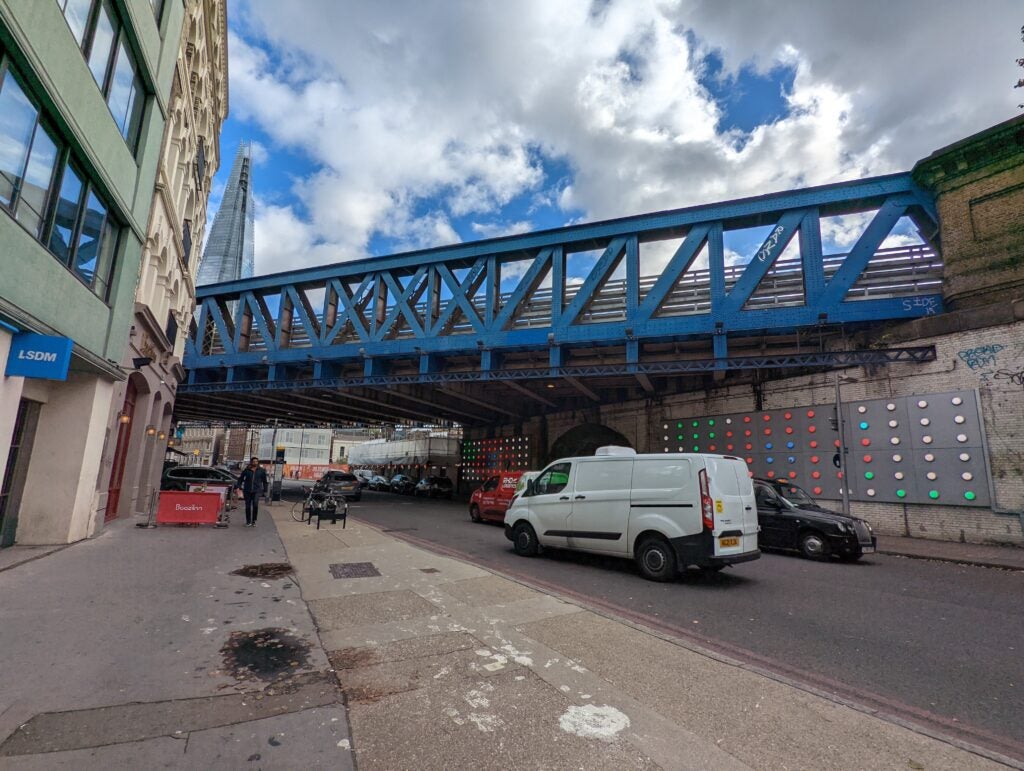
Similarly, the Pixel 7 also impressed us with its detail-packed shots and similarly natural palette. Even when the lights were low, the camera managed to restore plenty of colour and reduce highlights:



Ultimately, we think you’ll be impressed by the camera performance of both of these phones. However, if you take a lot of selfies or front-facing videos, then it could be worth going for the Pixel 7 due to its better selfie snapper.
Performance
The Pixel 7 was the first smartphone to run on Google’s own-brand silicon chipset, the Tensor. This was a significant development from the manufacturer, marking a shift away from using Qualcomm’s silicon, and the results have been generally good. It runs high-end games and supports 5G connectivity, but the real highlight is all the behind-the-scenes trickery it does to help the camera perform at its best.
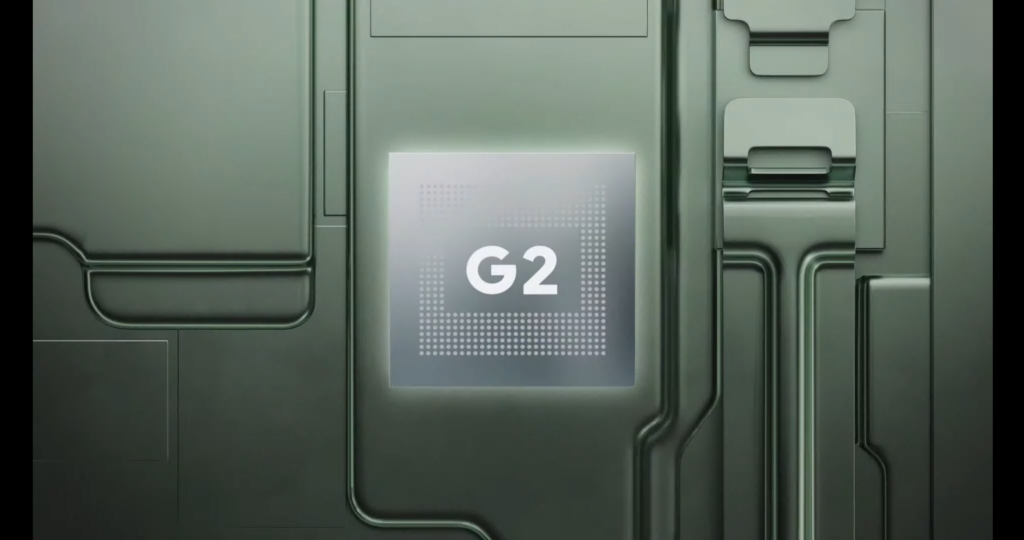
Likewise, the Tensor G2 stays competitive but is not a mind-blowingly speedy chip. It certainly gets the job done, and the pleasing camera software tricks remain, and we think the majority of users will be satisfied by its capabilities.
The software on both devices is a pleasingly minimalist interpretation of Android that has useful tool such as Live Translate and Magic Eraser for that extra bit of utility above its other Android counterparts.
Battery
In a strange turn of events, the battery capacity of the Pixel 7 is actually slightly reduced compared to that of its forerunner, being just 4355mAh rather than 4614mAh. However, we didn’t notice a big downgrade by any means. The two reliably got us through a heavy day of usage, which is what we’d hope for.
The fast-charging is not quite as good as we’d hope for. There’s no charger included in the boxes of either, so you’ll have to buy or re-use a 30W brick to get the best from it. That “best” is just over an hour, which is not lightning quick by the standards of many other smartphones these days.
Ultimately there’s no big performance difference to separate the battery life and charging of these two phones, but both are decent rather than exceptional in those two fields.
Price
The Pixel 6 and 7 both started at the same price of $599/£599, but obviously seeing as a year has passed since the former was released, you can find it for a cheaper price without looking too far.
At the time of writing, the Pixel 6 is available for over £150 off that original price, which strikes us as a great deal considering the scant changes that have been made from one generation to the next.
Nonetheless, we still felt that the Pixel 7 offered a lot for its price point, despite costing more than the Pixel 6 these days, as we wrote in the review that we “wholeheartedly believed” it was worth the asking price, which is considerably less than you might have anticipated given its excellent all-round performance.
Verdict
Ultimately, there are not that many differences between the Pixel 6 and 7. While the customary chipset upgrade is present on the newer edition, it does unexpectedly have a slightly smaller battery and screen. Our overall impression is that both of these devices are very strong smartphones that are worthy of your consideration; if sticking to a low budget is your priority then the Pixel 6 is a package that’s difficult to resist, but if you want the latest edition of Google’s smartphone then you can opt for the brilliant Pixel 7.


